Separating Protein with SDS-PAGE
Visión general
Sodium Dodecyl Sulfate Poly-Acrylamide Gel Electrophoresis, or SDS-PAGE, is a widely-used technique for separating mixtures of proteins based on their size and nothing else. SDS, an anionic detergent, is used to produce an even charge across the length of proteins that have been linearized. By first loading them into a gel made of polyacrylamide and then applying an electric field to the gel, SDS-coated proteins are then separated. The electric field acts as the driving force, drawing the SDS coated proteins towards the anode with larger proteins moving more slowly than small proteins. In order to identify proteins by size, protein standards of a known size are loaded along with samples and run under the same conditions.
This video presents an introduction to SDS-PAGE by first explaining the theory behind it and later demonstrating its step-by-step procedure. Various experimental parameters, such as the polyacrylamide concentration and voltage applied to the gel are discussed. Downstream staining methods like Coomassie and silver stains are introduced, and variations of the method, like 2D gel electrophoresis are presented.
Procedimiento
SDS-PAGE is a technique used by many researchers to separate mixtures of proteins by size. Successful completion of this technique is an essential first step for many methods of protein analysis, like immunoblotting. By itself, it is a useful tool in assessing protein size and purity.
In order to understand the SDS-PAGE technique, you must first understand its principle components. SDS-PAGE stands for Sodium Dodecyl Sulfate Poly-Acrylamide Gel Electrophoresis. Sodium-Dodecyl Sulfate, th
Saltar a...
Vídeos de esta colección:
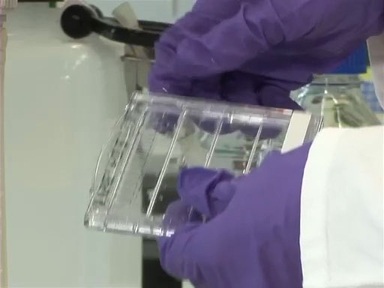
Now Playing
Separating Protein with SDS-PAGE
Basic Methods in Cellular and Molecular Biology
479.9K Vistas
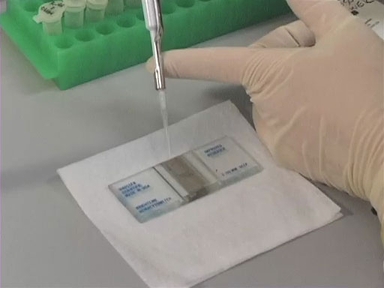
Usando el hemacitómetro para el conteo celular
Basic Methods in Cellular and Molecular Biology
223.8K Vistas
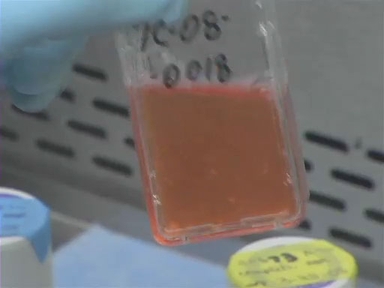
Pases celular
Basic Methods in Cellular and Molecular Biology
192.1K Vistas
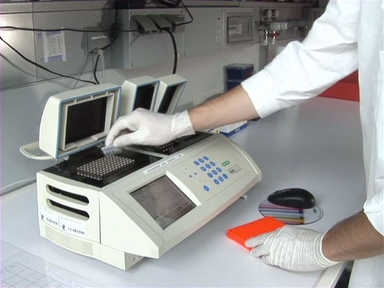
PCR: La reacción en cadena de polimerasa
Basic Methods in Cellular and Molecular Biology
724.8K Vistas
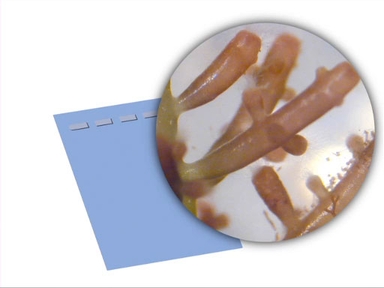
Electroforesis en gel de DNA
Basic Methods in Cellular and Molecular Biology
607.6K Vistas
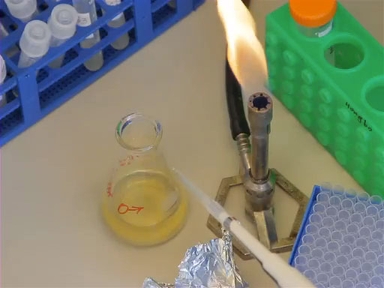
Transformación bacteriana: El método por choque térmico
Basic Methods in Cellular and Molecular Biology
738.1K Vistas
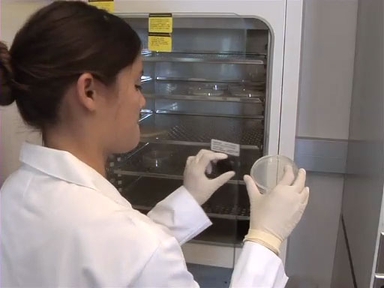
Transformación bacteriana: Electroporación
Basic Methods in Cellular and Molecular Biology
115.4K Vistas
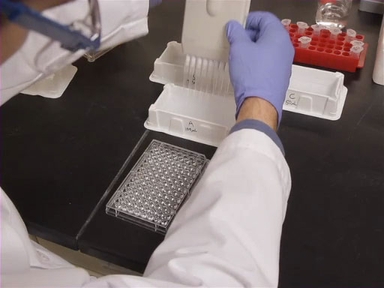
El método de ELISA
Basic Methods in Cellular and Molecular Biology
252.9K Vistas
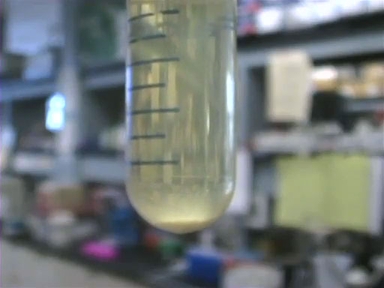
Purificación de plásmidos
Basic Methods in Cellular and Molecular Biology
307.9K Vistas
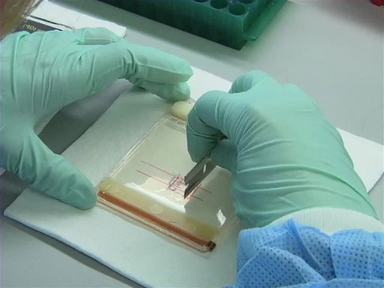
Purificación del gel
Basic Methods in Cellular and Molecular Biology
110.4K Vistas
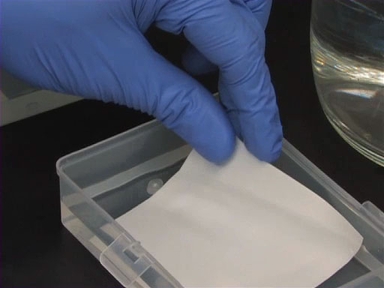
Western Blot
Basic Methods in Cellular and Molecular Biology
504.5K Vistas
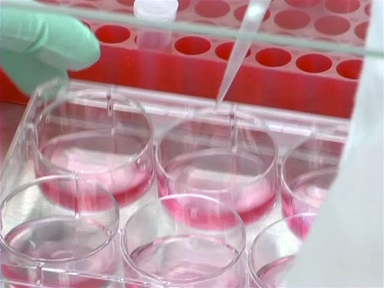
Introducción a la transfección
Basic Methods in Cellular and Molecular Biology
170.5K Vistas
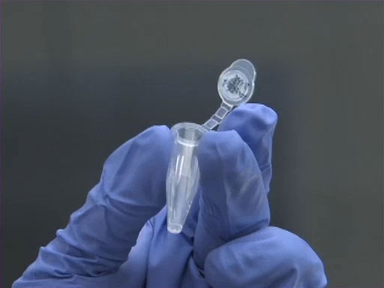
Reacciones de ligación de ADN
Basic Methods in Cellular and Molecular Biology
189.3K Vistas
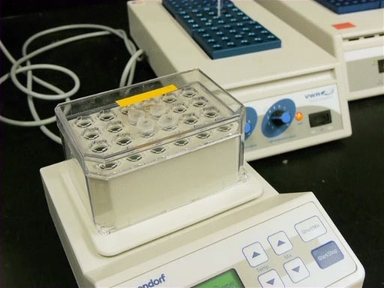
Digestiones enzimáticas restricción
Basic Methods in Cellular and Molecular Biology
286.7K Vistas

Clonación molecular
Basic Methods in Cellular and Molecular Biology
377.1K Vistas
ACERCA DE JoVE
Copyright © 2025 MyJoVE Corporation. Todos los derechos reservados